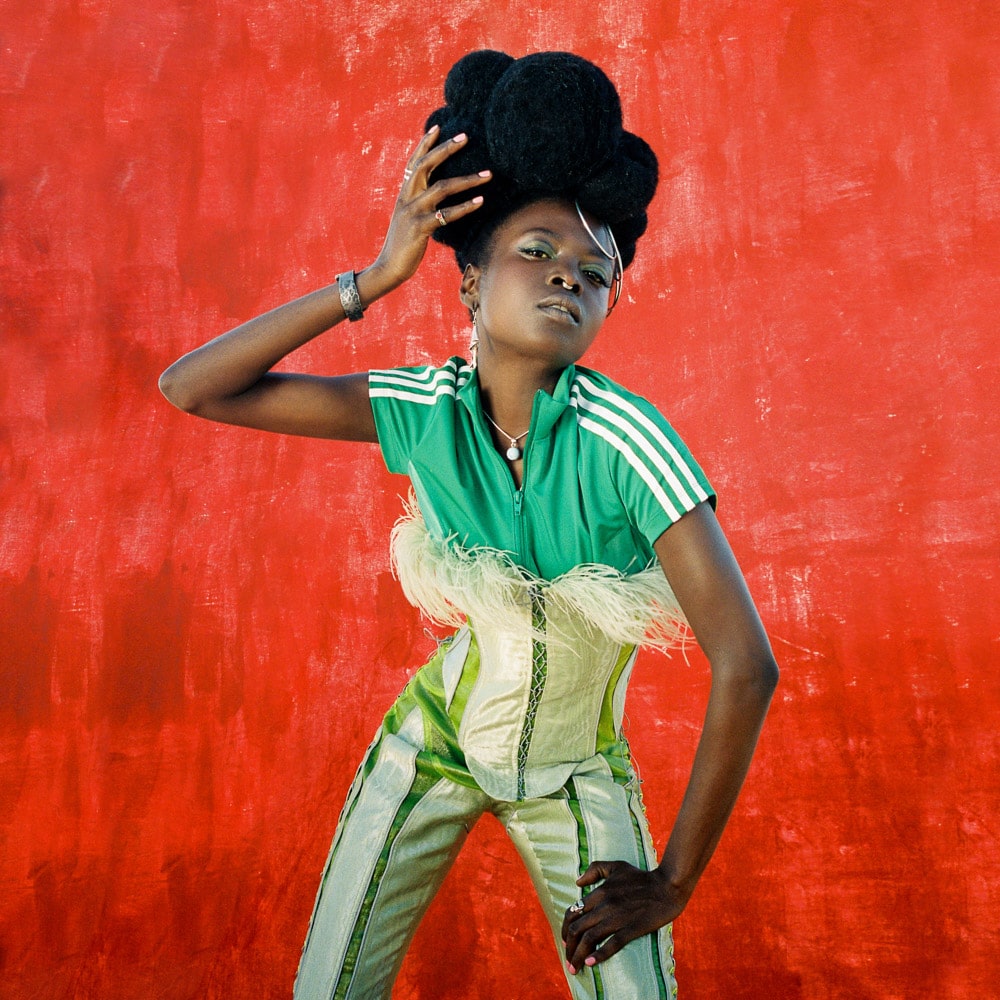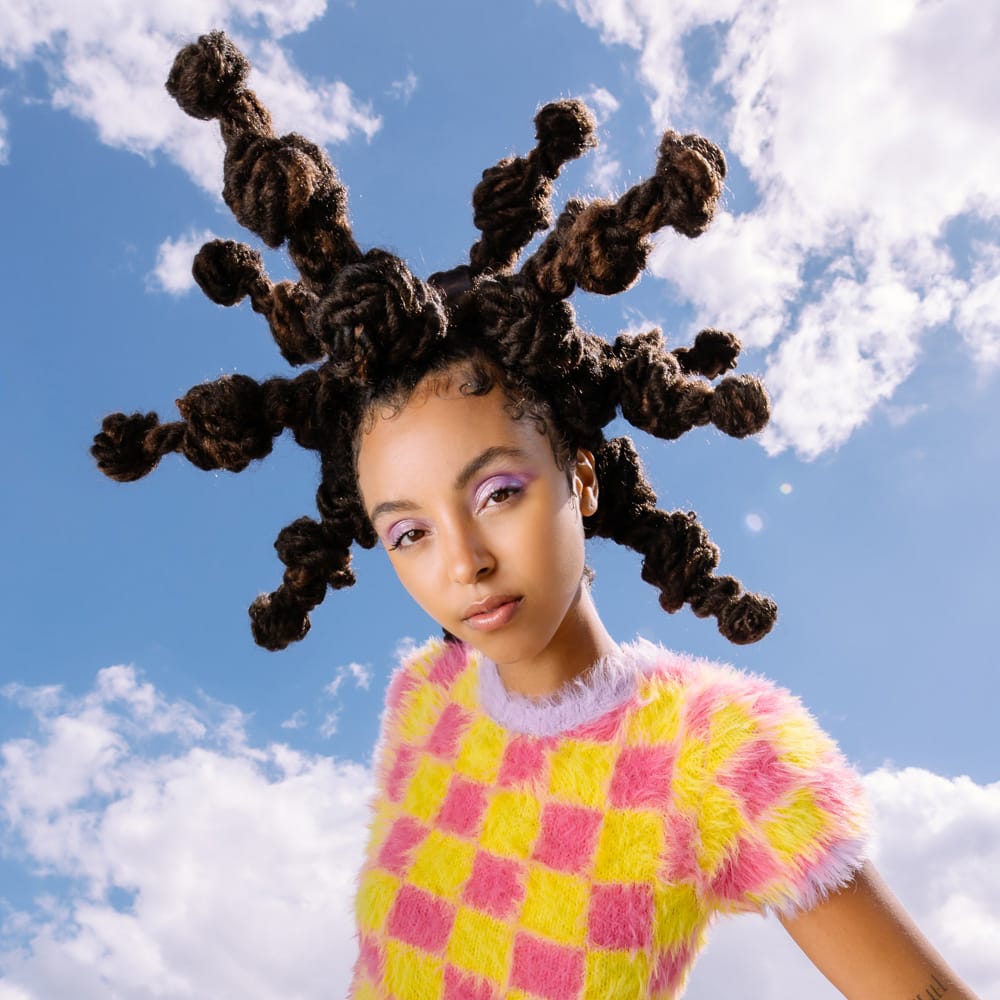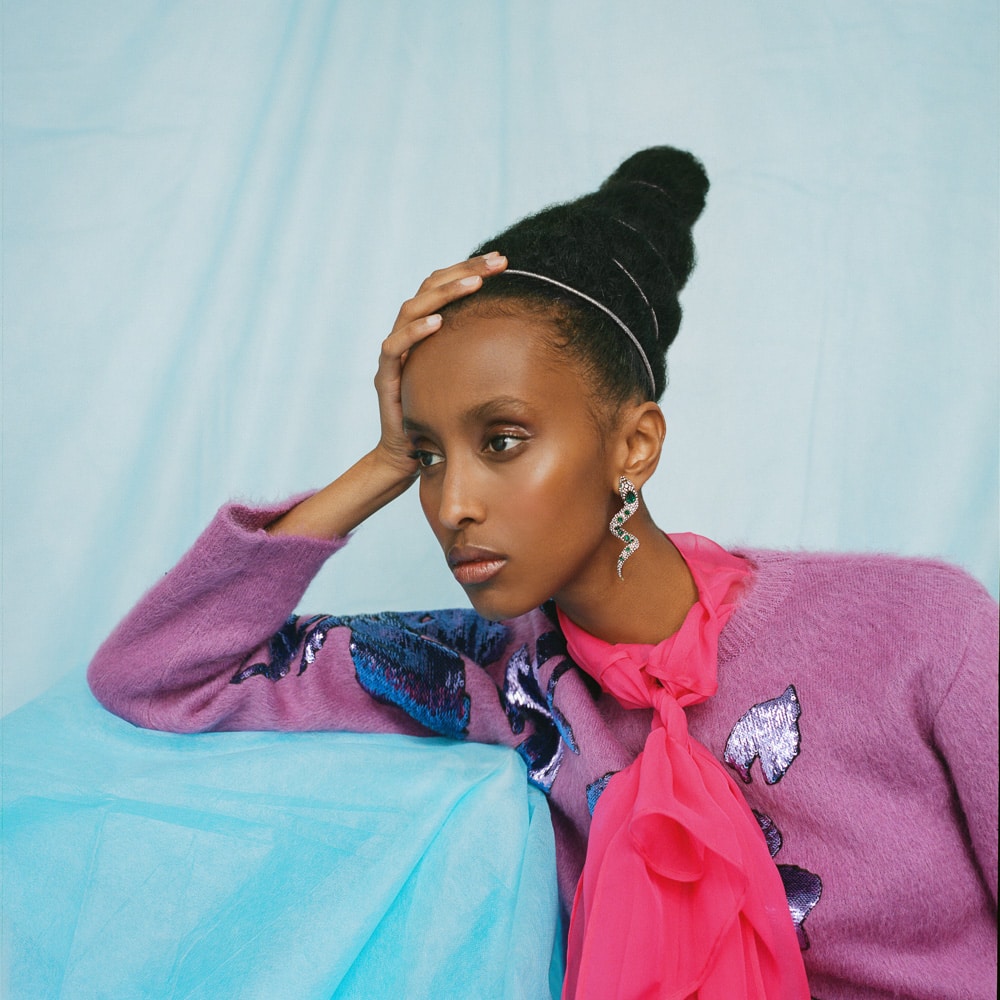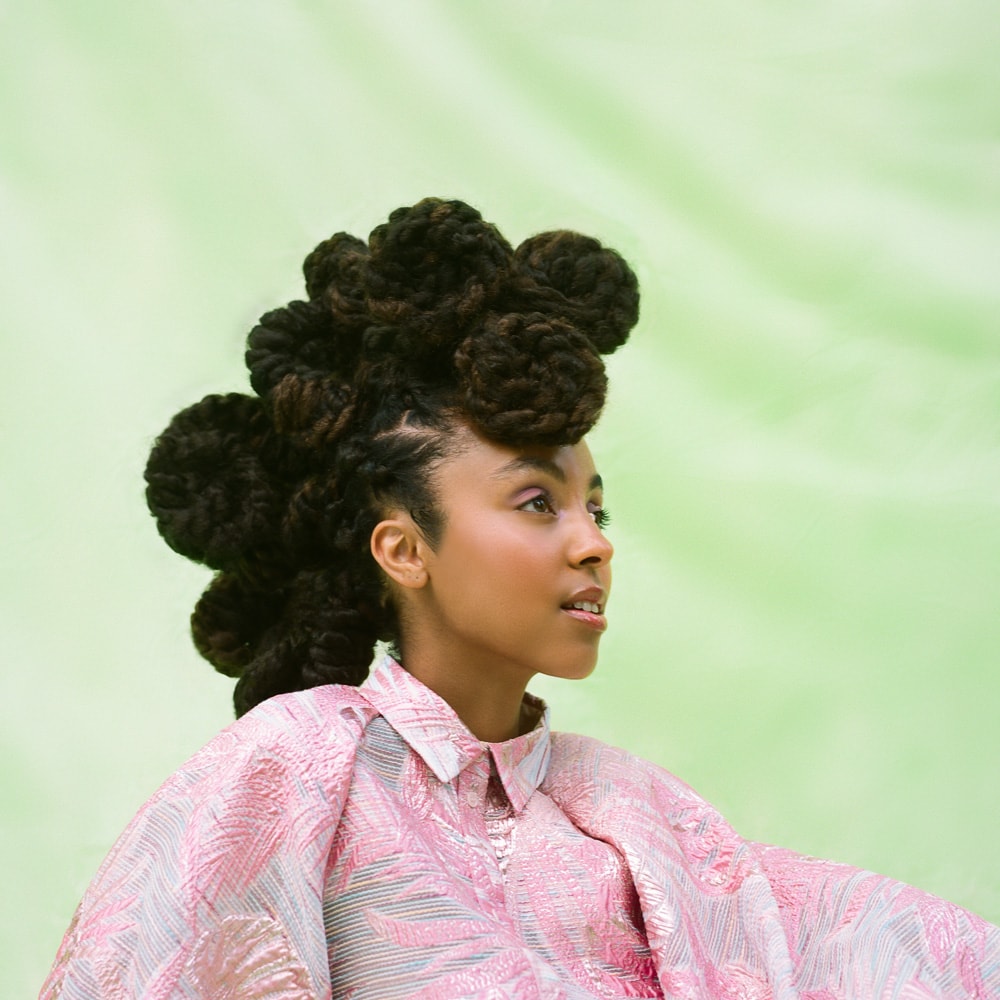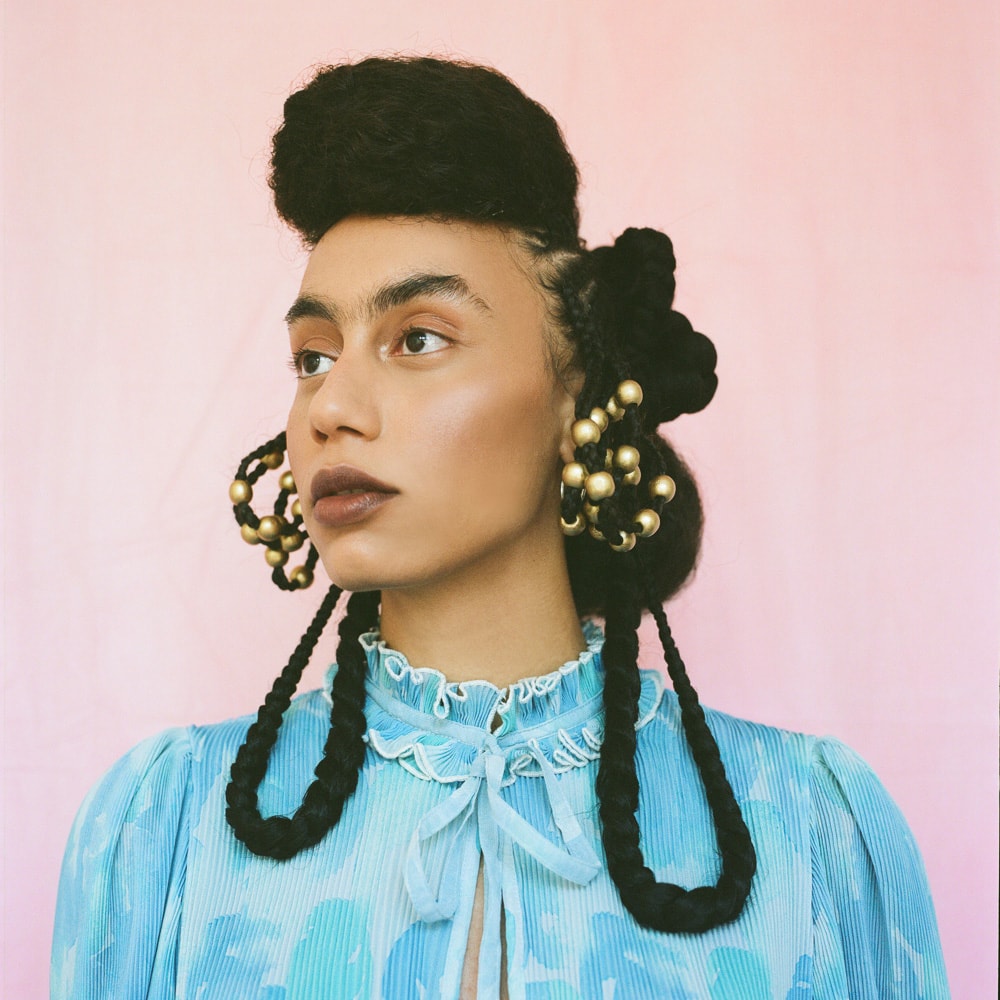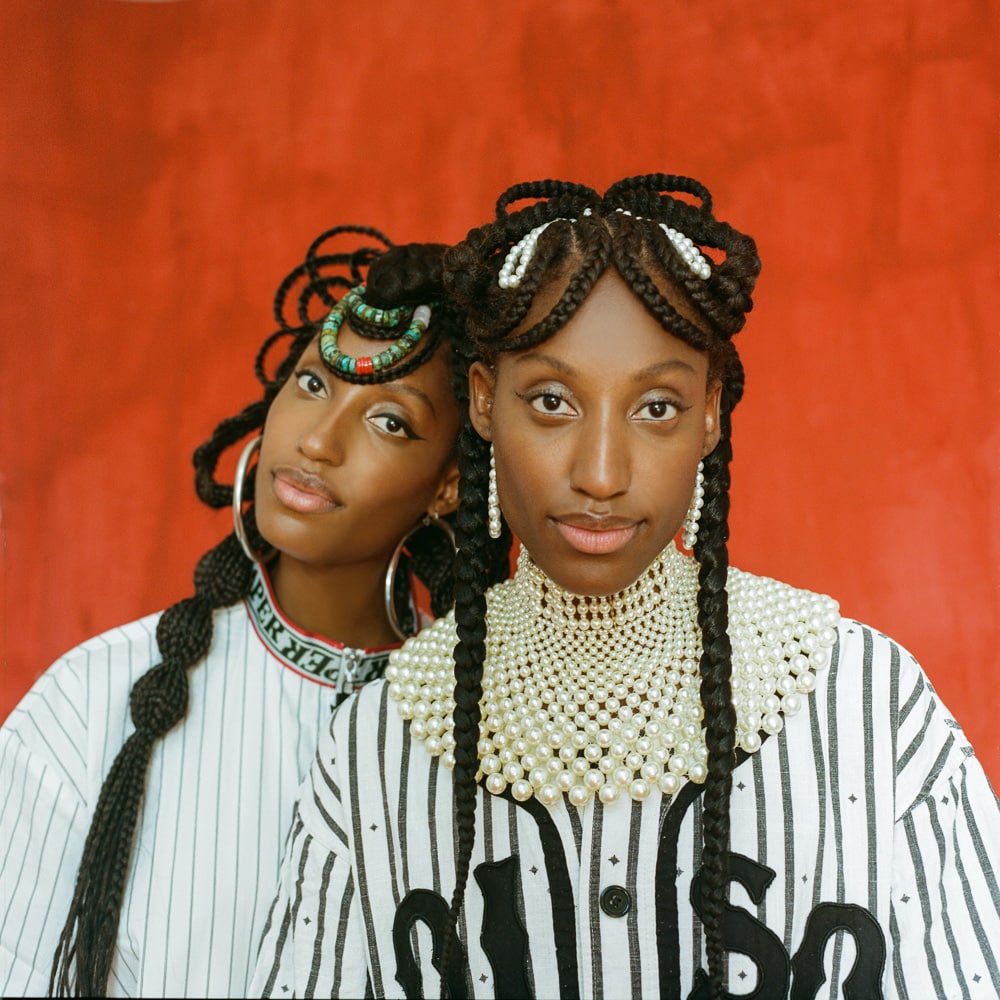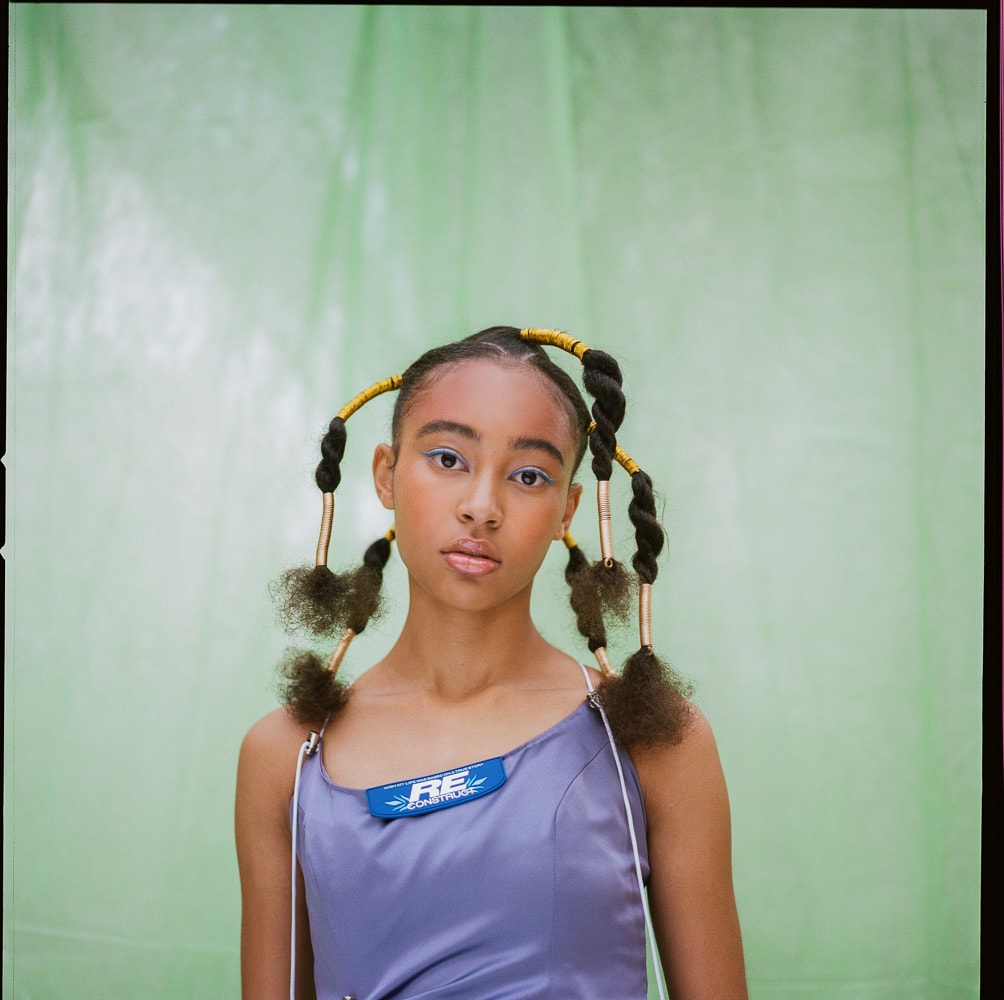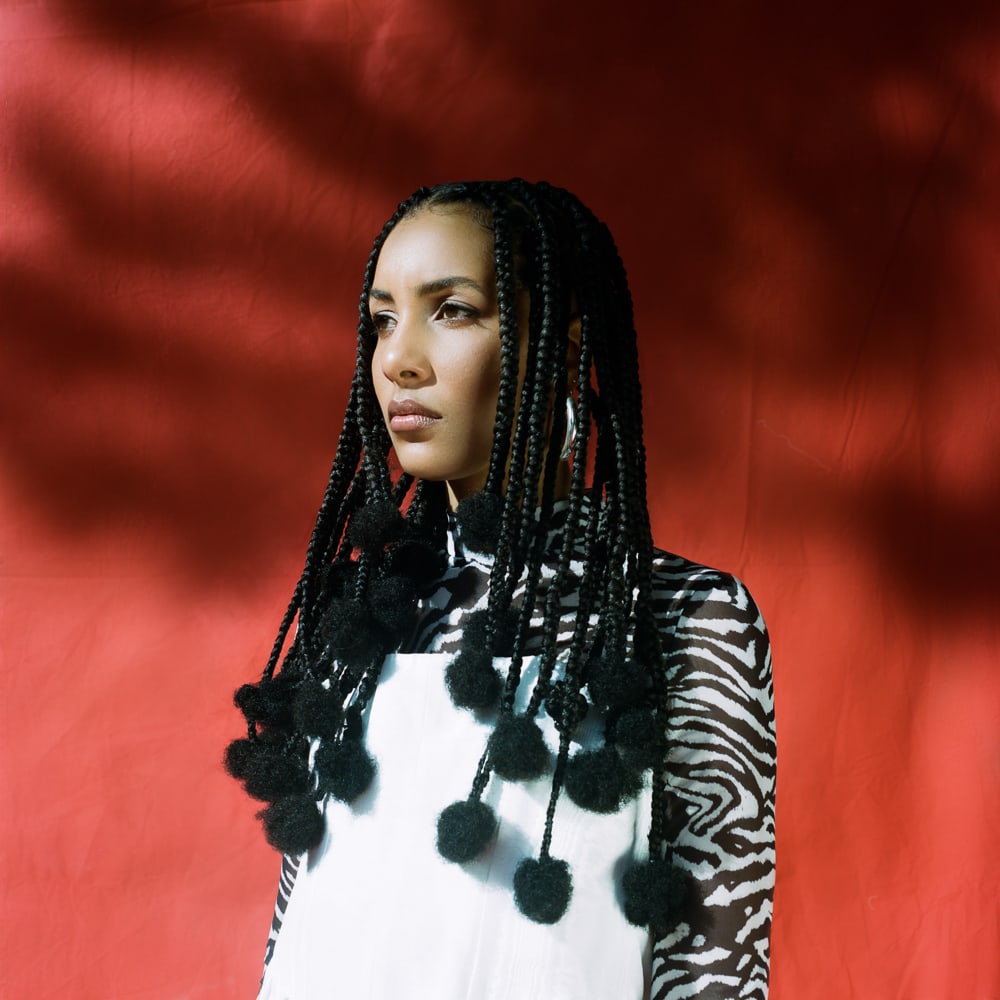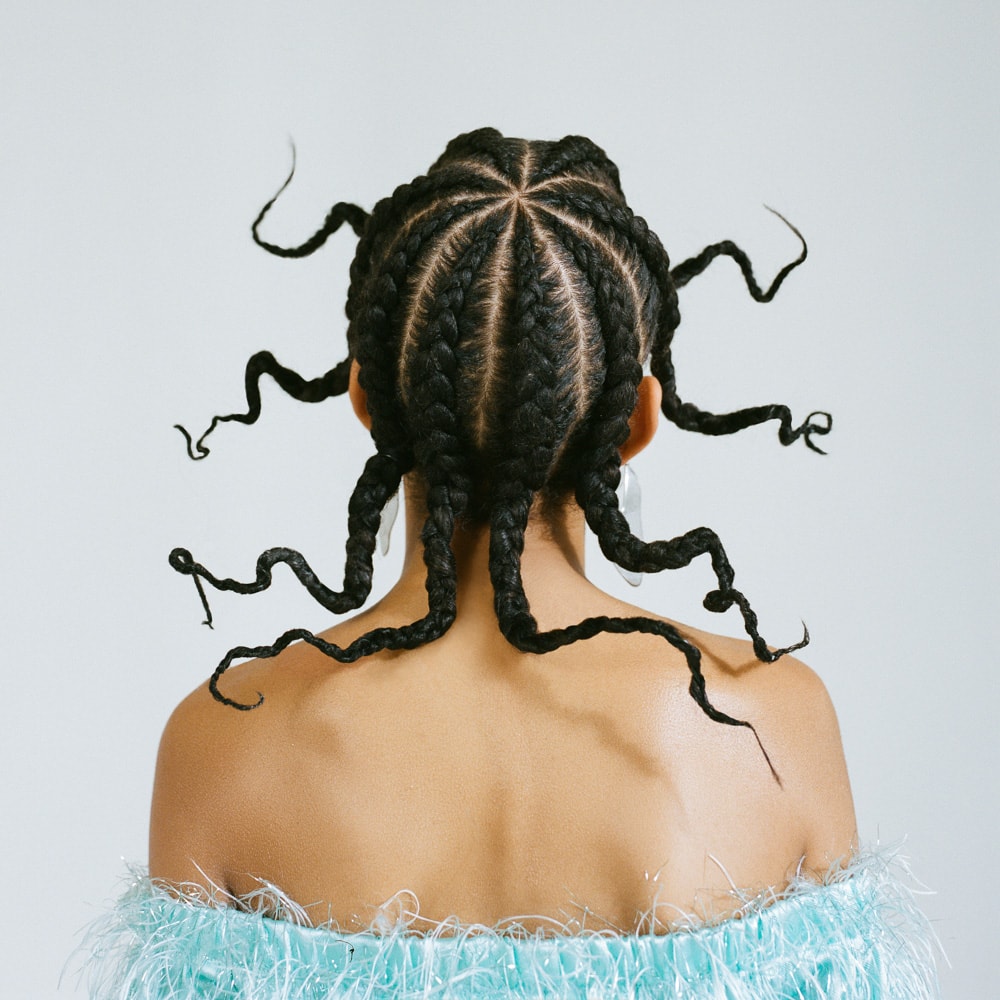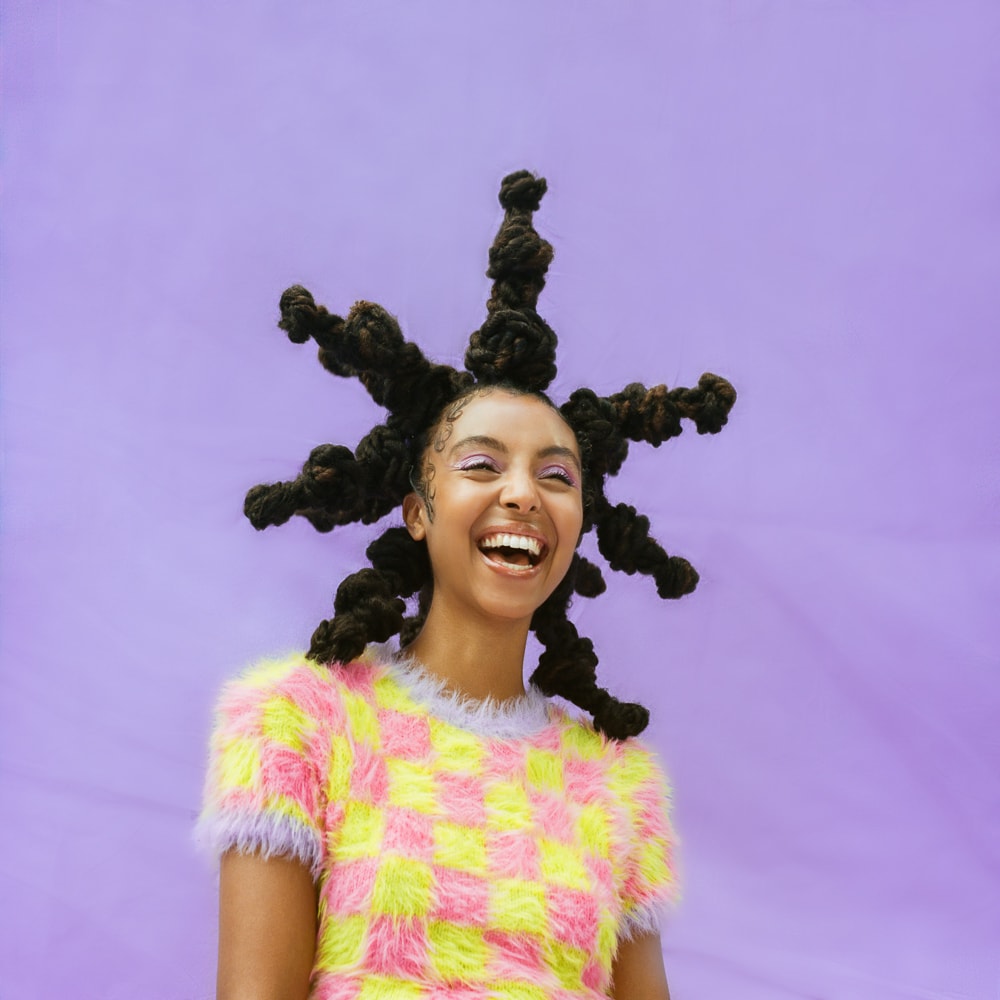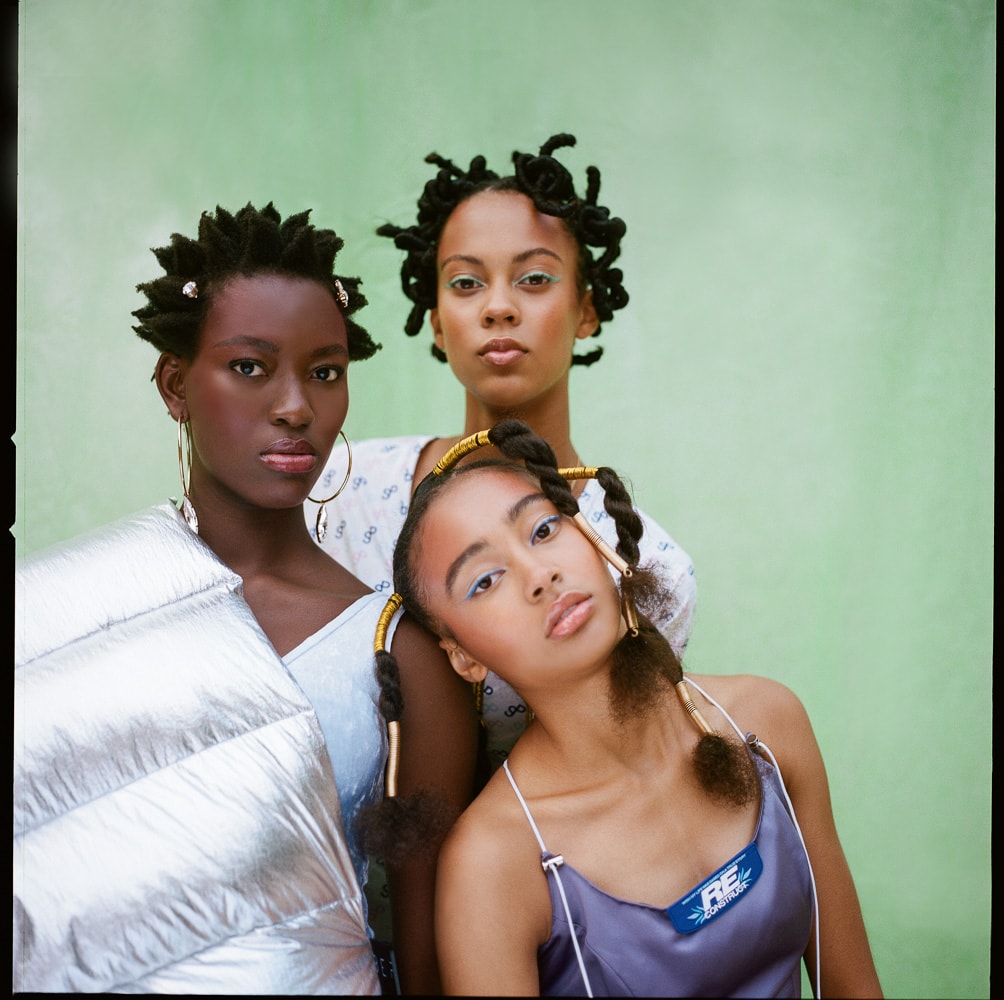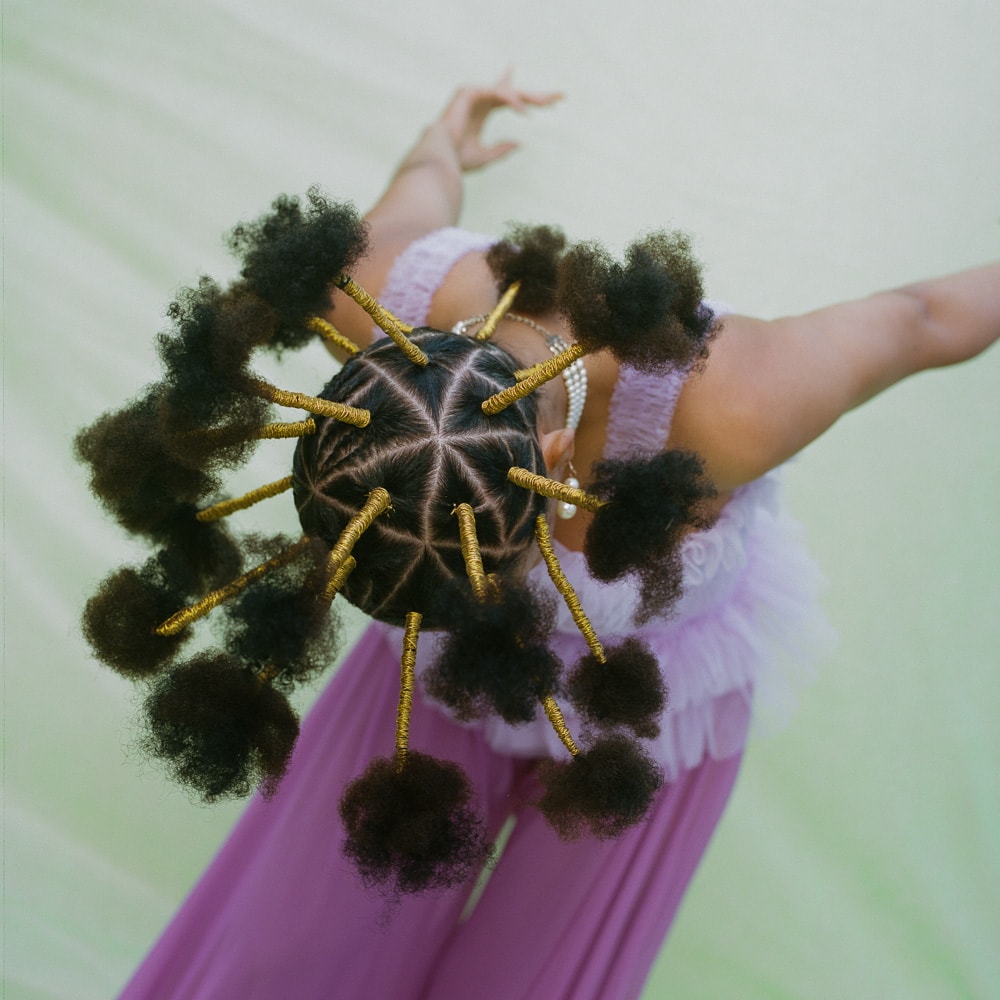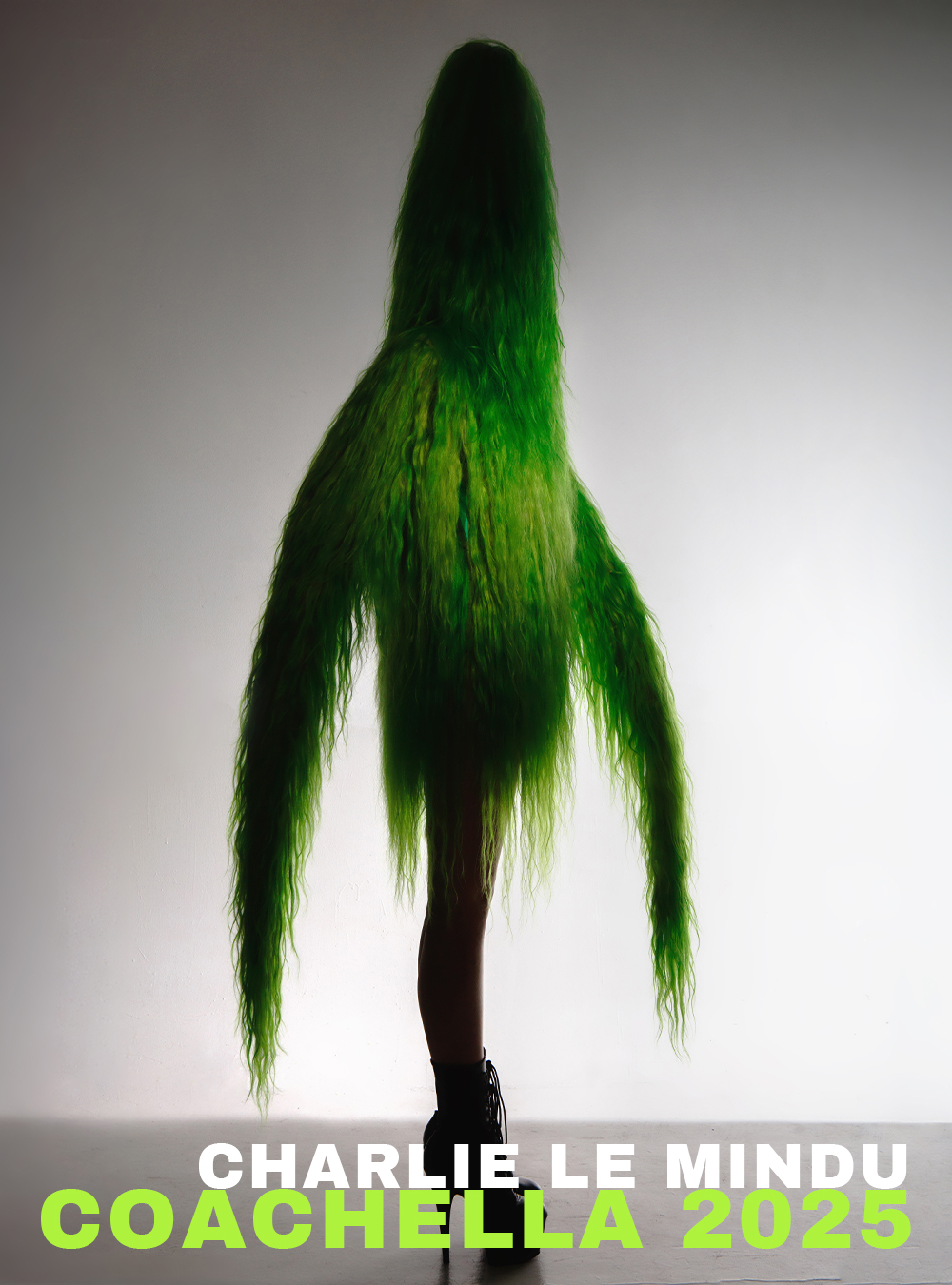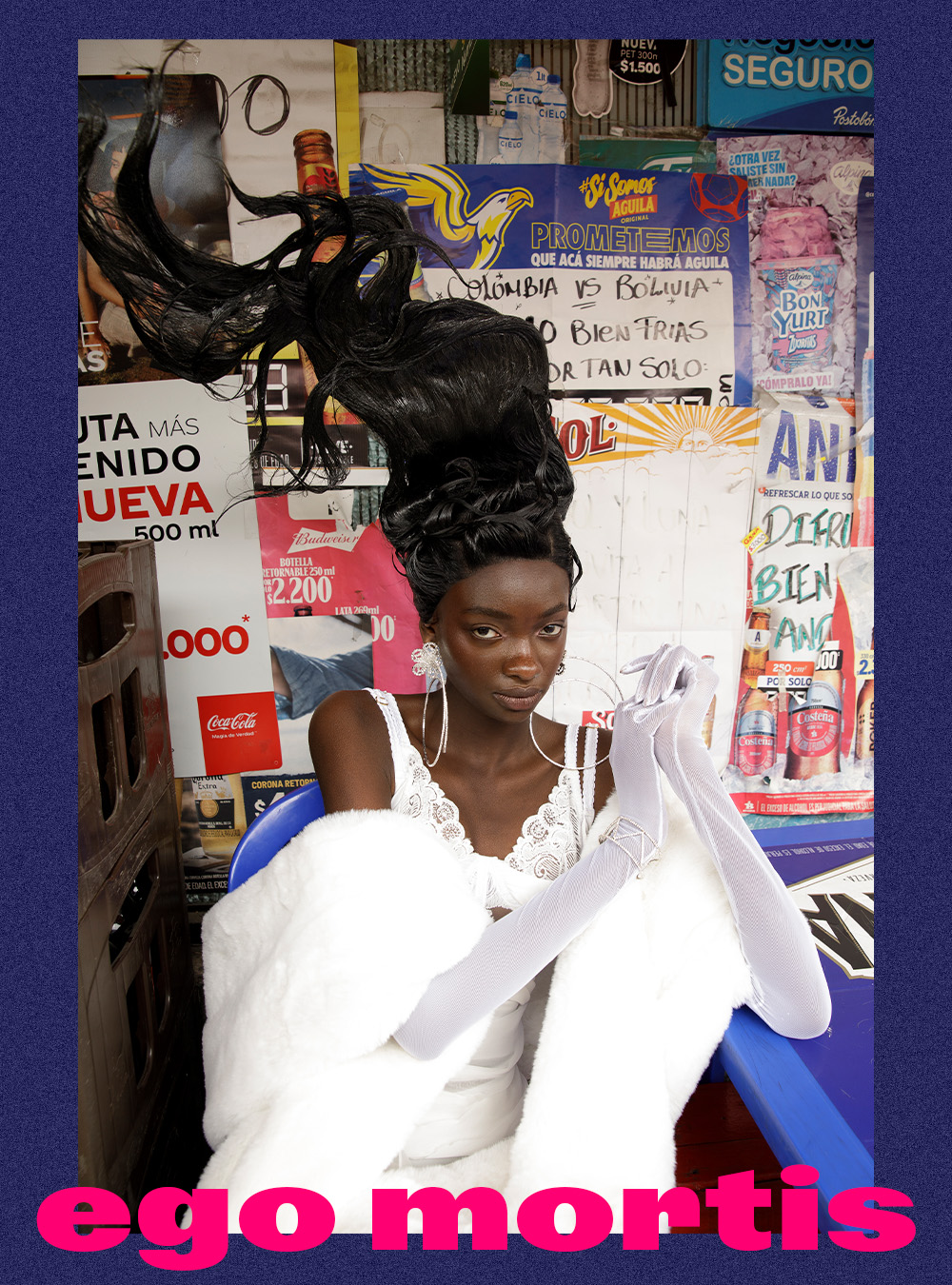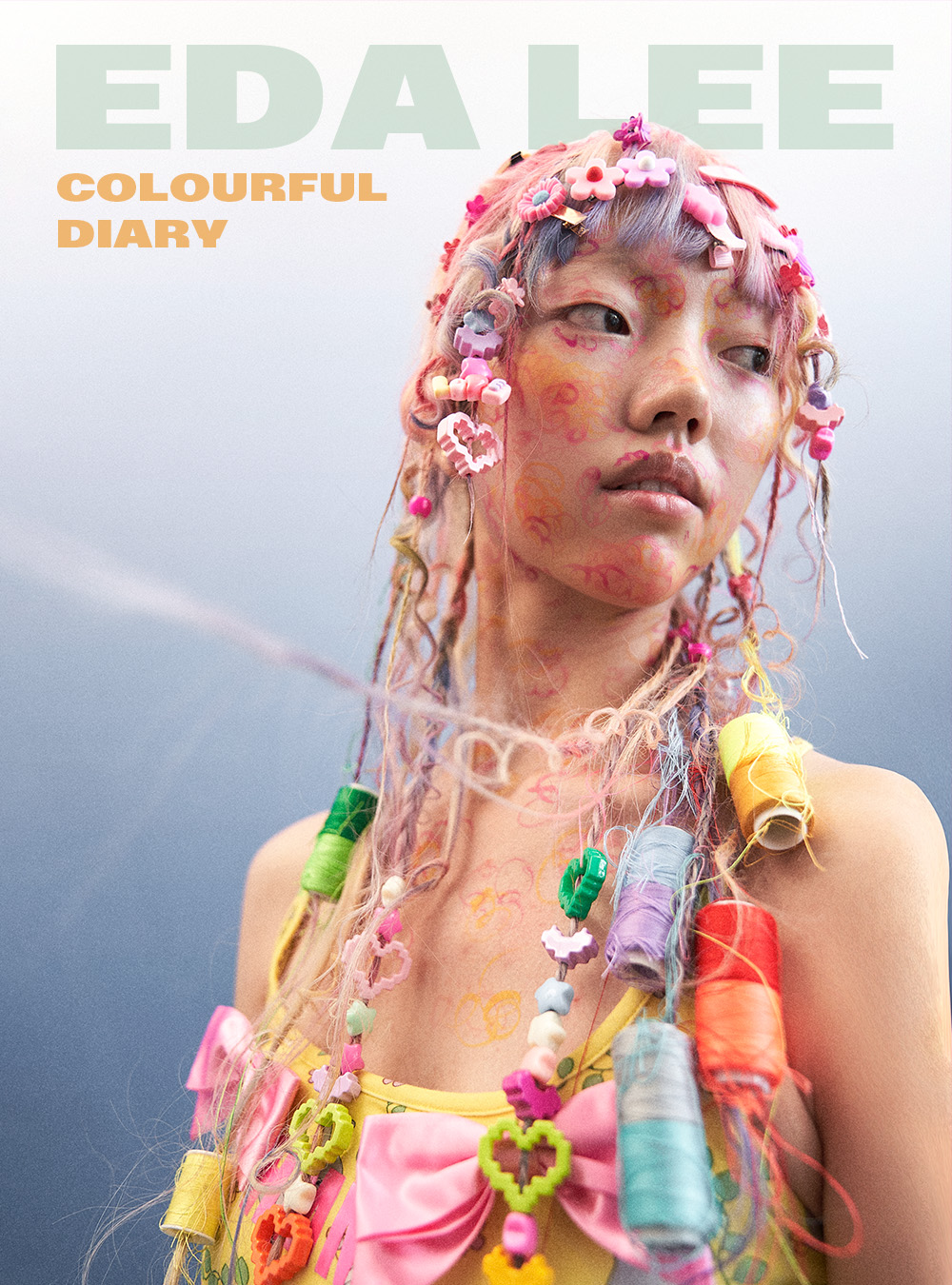PEOPLE: Fatima York is the hairstylist behind Crowns, a collection of photographs centering the beauty of Black hair and historical African hair art
Photography: Marlen Stahlhuth
Art Direction: Larteyley von Hippel
Hair: Fatima York
Words: Katharina Lina
From Brooklyn to Atlanta to Berlin, Fatima York has opened multiple salons, educated fellow hairdressers and curl owners, and advocated for textured haircare and wellness. In her 28 year career, York attended two cosmetology schools; in 1992 York graduated from Wilfred beauty academy, and again in 2015 from the Aveda institute – neither of which offered textured hair education.
Last summer we shared a petition demanding mandatory modules on Black hair in the Hairdressing NVQ when several hairdressers expressed that even though they wanted to learn, institutions failed to provide appropriate courses. This resulted in generations of hairdressers graduating from beauty college with no required knowledge of afro-textured hair. Considering the UK’s Black hair industry is an estimated £88 million with Black women spending up to six times more on hair care than white women, it’s hard to understand how learning about textured hair and offering more service options wouldn’t be beneficial for all parties involved.
Fatima York has grasped the importance of curly hair education and is moving the conversations forward in Germany. Through her salon Natural Hair Berlin, the curly hair specialist and self love coach also offers outreach activities and workshops to share her valuable knowledge.
One of her ongoing projects around advocating for natural hair is Crowns, a celebration and exploration of African hair art in collaboration with art director Larteyley von Hippel and photographer Marlen Stahlhuth from MADWOMEN collective.
What drew you to pursuing hair as a profession? My oldest sister was a hairstylist and I used to watch her and found that I had an interest in it. It made me excited to see women’s behaviour change once they get up from the chair and how confident they become.
What made you relocate from the US to Berlin? I wanted a sensory change and experience new things. I’ve always wanted to travel but didn’t have the time. I also wanted to continue teaching my hair knowledge to anyone who needed it. A friend living here in Berlin told me that there is no one here who is helping the textured hair community. I came here on vacation, did a workshop and met many women. That’s when I decided to move here.
Having lived and worked in both America and Europe, do you notice any differences in how people with textured hair approach natural hair care? Yes, in the US girls are taught from an early age to care for their hair. They consistently visit the salon starting at around age 7. But here in Germany there was never a curly hair specialist to begin with, so many girls struggled. They had to try and learn haircare by watching YouTube and Instagram.
What does hair mean to you? The meaning of hair is beyond just a superficial thing. The head is a special part of the body. It’s the crown. We use it to create, plan, think and dream. The hair represents the antenna that connects from the higher source to the brain. When the hair is done and the scalp nurtured, it makes a huge difference in how a person feels.
Tell us about Crowns. How did you start or approach the project? I didn’t necessarily start it. I had an idea to create a book about African historical hair art. I shared it with Larteyley and Leni of MADWOMEN. When we spoke I found out that they were working on photographing African people and their culture. So we decided to collaborate and see what we would come up with.
The creativity behind all these hairstyles seems endless. Who or what are some of your main reference points? Creating and seeing historical styles come to life in this lifetime gives me joy. Some styles you see are from old photographs of African people from the past, and some I create myself from the mood and client present.
As an educator, how important is it for existing hairdressers to broaden their knowledge and learn about afro-textured hair? It’s very important for a hairdresser to know the art and science of curly hair. Giving clients what they need in order for them to feel free and clear is the goal. For so long there was no information on textured hair; people suffered from hair loss, damage and minimum care due to lack of education. So educating ourselves on the care of textured hair is much more important than the pretty styles.
You mentioned that you would like to continue spreading the message for future generations. Can you elaborate on this message? My long term goal is to create a centre to educate people of colour on curls. It’s time we create a place to educate hair professionals and also people in general. Since no schools teach it, why not create our own?
- ANTHROPOLOGY OF HAIR
- ANTHROPOLOGY OF HAIR
- ANTHROPOLOGY OF HAIR
- ANTHROPOLOGY OF HAIR
- ANTHROPOLOGY OF HAIR
